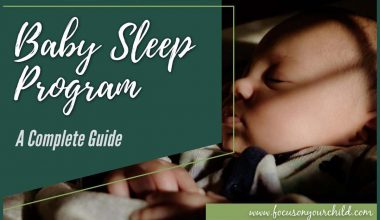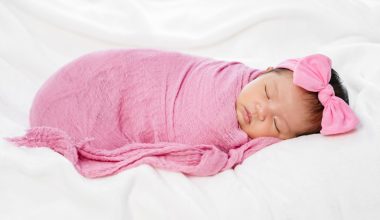Although it may not seem like it, babies do quite a lot of things during their time in utero up until their 2nd birthday. They grow at such an amazing pace in a relatively short amount of time, watching them hit their milestones is one of the most exciting parts of parenthood. You might even be counting the days until you see the first bit of head and eyebrow hair come in.
Babies begin to grow eyebrows in utero at 22 weeks after the hair follicles have fully developed. This eyebrow hair is present at birth, but is usually so fine and sparse that it can be hard to see at first. As their body becomes better at regulating its melanin production, you should see your baby’s eyebrows becoming more pigmented and visible when they are 2-3 months old.
Eyebrow growth during infancy is largely controlled by genetics. Some newborns have dark, thick eyebrows, while other newborn babies have fine, barely visible ones. Later on, other factors such as diet and environment may affect a baby’s hair growth.
How Do Baby Eyebrows Grow?
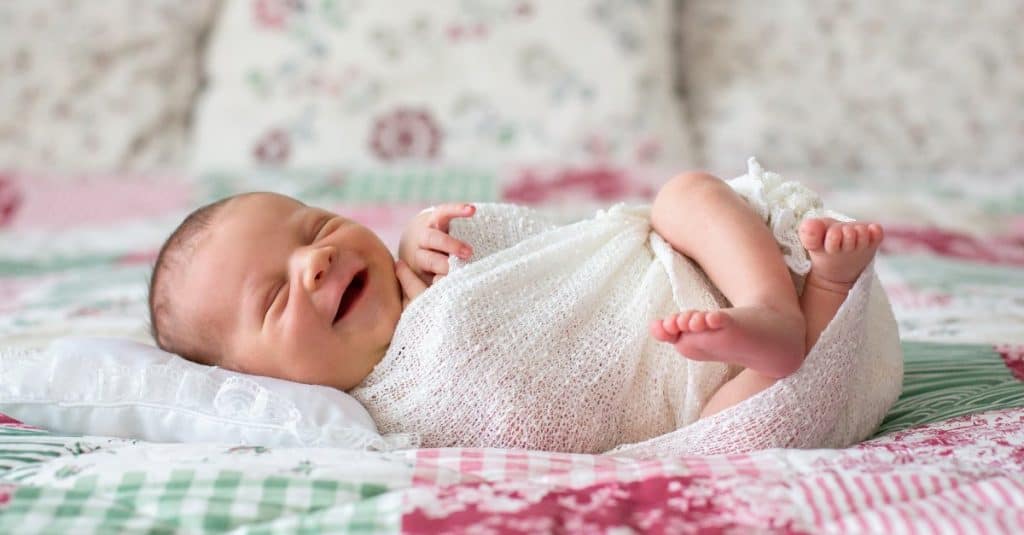
Hair follicles begin developing at 14 weeks gestation. By the time you are 22 weeks pregnant, your baby already has around 5 million hair follicles – all they will ever have in their lifetime. Lanugo is the first type of hair human beings grow in utero. This fine unpigmented hair serves to anchor the protective waxy vernix coating to your baby’s skin.
Between 33 and 36 weeks, the lanugo is shed to make way for the vellus hair (think peach fuzz) that is present at birth. The vellus hair protects the baby’s skin and helps keep them warm until it is eventually replaced with the thicker and coarser terminal hair that grows on top of the head and forms the eyebrows and eyelashes.
Some babies may be born with lanugo still intact. Premature babies are more likely to be born with lanugo on some parts of their body, such as around the tailbone, shoulders, and nape. Lanugo present at birth is a normal finding and does not require any treatment. It falls out on its own within 2 months from birth.
Some babies are born with full heads of hair and dark eyebrows. While all newborns technically do have hair where their eyebrows and eyelashes should be, it may be too fine to properly see with the naked eye.
As your baby continues to develop mentally and socially, you may notice them becoming increasingly expressive, especially with the help of their eyebrows which become thicker and more visible at around 2-3 months of age.
It may take some babies longer to develop visible eyebrow growth, especially if their hair color is on the lighter side. The expression of the genes that control melanin production may also change, and your baby’s hair color may change shades a few times before turning its final color when they are around 5-6 years old.
Do Baby Eyebrows Fall Out?
Most babies lose the hair they are born with by the time they hit the 6-month mark. This is completely normal and nothing to worry about. Your baby’s mane will recover in a few weeks or months.
The heightened estrogen and progesterone levels that help in maintaining a healthy pregnancy also cause some pregnant people’s hair to thicken. These same hormones enter your baby’s bloodstream through the umbilical cord and support their hair growth as well.
After birth, these hormone levels drop in both you and your baby, which can trigger hair loss in both the birthing person and the baby.
To a certain extent, babies can also feel stress during labor. Some theories suggest that this stress may lead to telogen effluvium, a type of stress-induced hair loss.
In all cases, your baby’s hair will come back. As long as your baby is well-fed and well-cared for, there is no need to worry about their hair growing back. In some cases, this hair loss may also be beneficial, as it allows the fine, lighter-colored hair to fall out, making way for the thicker and more pigmented hair to come in.
Medical Reasons Why Babies Might Not Have Eyebrows
Cradle Cap
Seborrheic dermatitis in babies, more commonly known as Cradle Cap, commonly affects the scalp but can extend to other areas such as the eyebrows, back of the ears, nape, and skin folds. Affected skin may look red, patchy, and oily, with white or light-yellow scales. light-yellow scales.
Hair loss in affected areas is sometimes a symptom of cradle cap, but is temporary and almost always reverses once the cradle cap. Hair loss in affected areas is sometimes a symptom of cradle cap, but is temporary and almost always reverses once the cradle cap.
Unlike eczema and psoriasis which are often itchy and sometimes painful, cradle cap does not cause babies discomfort or itching, and often clears up on its own between 6 and 12 months of age.
Baby hairbrushes with soft bristles made of silicone, synthetic or natural fibers, and animal hair can help with the cradle cap by loosening flakes without pulling at the hair.
Cradle cap that is causing discomfort or persists beyond 12 months of age may require treatment in the form of topical ointments and medicated shampoos prescribed by a pediatrician. Cradle cap that is causing discomfort or persists beyond 12 months may require treatment in the form of topical ointments and medicated shampoos prescribed by a pediatrician.
Autoimmune Conditions
If your baby’s hair growth is unusually slow or their eyebrows and other hair falls out repeatedly, an autoimmune condition may be to blame.
Autoimmune conditions such as alopecia areata cause an individual’s immune system to attack their hair follicles, causing hair to fall out. You might notice smooth rounded patches of hair loss on your baby’s head and eyebrows.
A pediatric dermatologist can diagnose or rule out autoimmune conditions that can cause slow or no eyebrow growth in your baby. Often, treatments include topical steroids and oral immunotherapy. Occasionally, hair does grow back spontaneously without treatment.
Stress
Stress-induced hair loss or telogen effluvium can occur in babies after a bout of sickness such as high fever, reaction to certain medications, injury, and following surgical procedures. Hair loss usually occurs 3 months after the stressful event occurs.
Stress-induced hair loss often resolves without treatment once the stressor goes away. The hair growth pattern returns to normal around 6 months after the triggering event has passed.
Ways to Help Baby Eyebrows Grow Faster
Baby hair almost always starts out extremely fine and thickens with age. There are ways, however, to encourage healthy hair growth in babies and young children.
While these methods are generally safe for use on a baby’s sensitive skin, different individuals may react differently to certain ingredients. Some babies can have allergies or sensitivities that may cause undesired dermatological reactions.
If you see signs of an allergic reaction after using any of these methods, immediately remove the product from your baby’s skin and consult your healthcare provider.
-
Aloe Vera
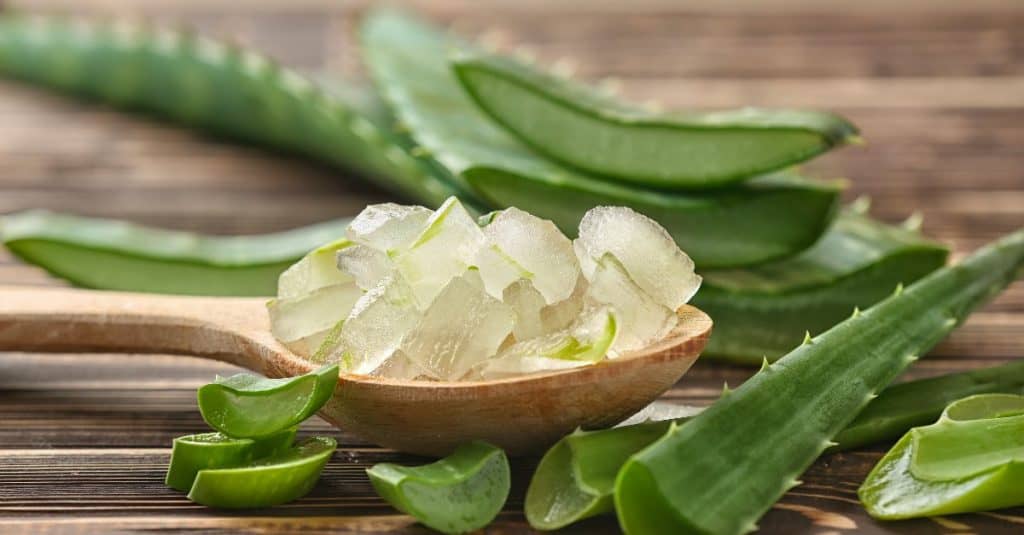
Aloe vera is often used to soothe skin conditions in babies and adults alike. While scientific data backing the efficacy of aloe vera for hair growth is lacking, many people swear by aloe vera to support hair growth and prevent damage and loss.
The vitamins A, B12, C, and E contained in aloe vera can help strengthen hair strands and promote hair follicle health. Some studies conducted on adults also suggest the efficacy of aloe vera extract on seborrheic dermatitis.
Apply a thin layer of aloe vera pulp or gel onto your baby’s eyebrow region. Leave it on for 30 minutes before rinsing with water or using gentle baby wipes to remove the gel. Make sure to use a natural aloe vera product that is free of additives and fillers such as artificial fragrances that can irritate your baby’s skin.
-
Coconut Oil

Coconut oil is an effective moisturizer for most skin and hair types and is gentle enough to be applied to a baby’s skin. The medium-chain fatty acids in coconut oil also have anti-microbial and anti-fungal properties that can help improve the appearance of cradle cap.
Simply apply a thin layer of extra-virgin food-grade coconut oil to your baby’s eyebrow area. Let it absorb into their skin without wiping off.
-
Breastmilk
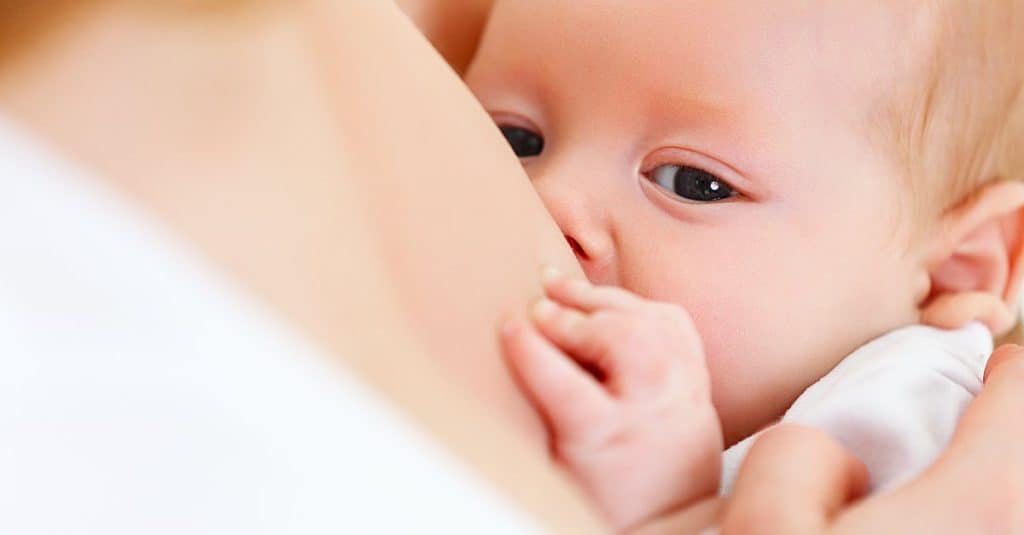
Breastmilk is not only a baby superfood, but its fat and protein content also happens to be great for skin and hair. Some parents even make breastmilk soap out of their leftover milk. By keeping your baby’s skin healthy, you can encourage quicker eyebrow growth.
Some people also find that mixing a small amount of breastmilk with gentle baby shampoo works as an effective treatment against cradle cap.
Just a few drops on your baby’s forehead and eyebrow region each day should do the trick.
-
Diet and Nutrition
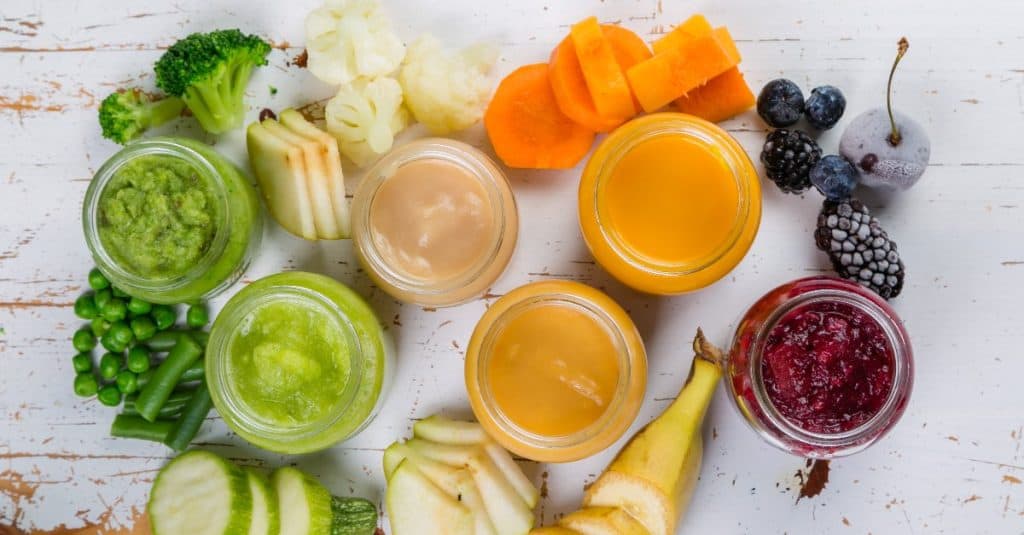
A good diet goes a long way in keeping your baby happy and healthy. As long as they are adequately fed and their environment kept clean, their eyebrows will continue to grow and thicken over time.
As you may already know, a breastfeeding parent’s diet is just as important as their baby’s. Eating healthy foods that encourage hair growth will also help your baby’s eyebrows grow in, as well as the rest of their hair.
